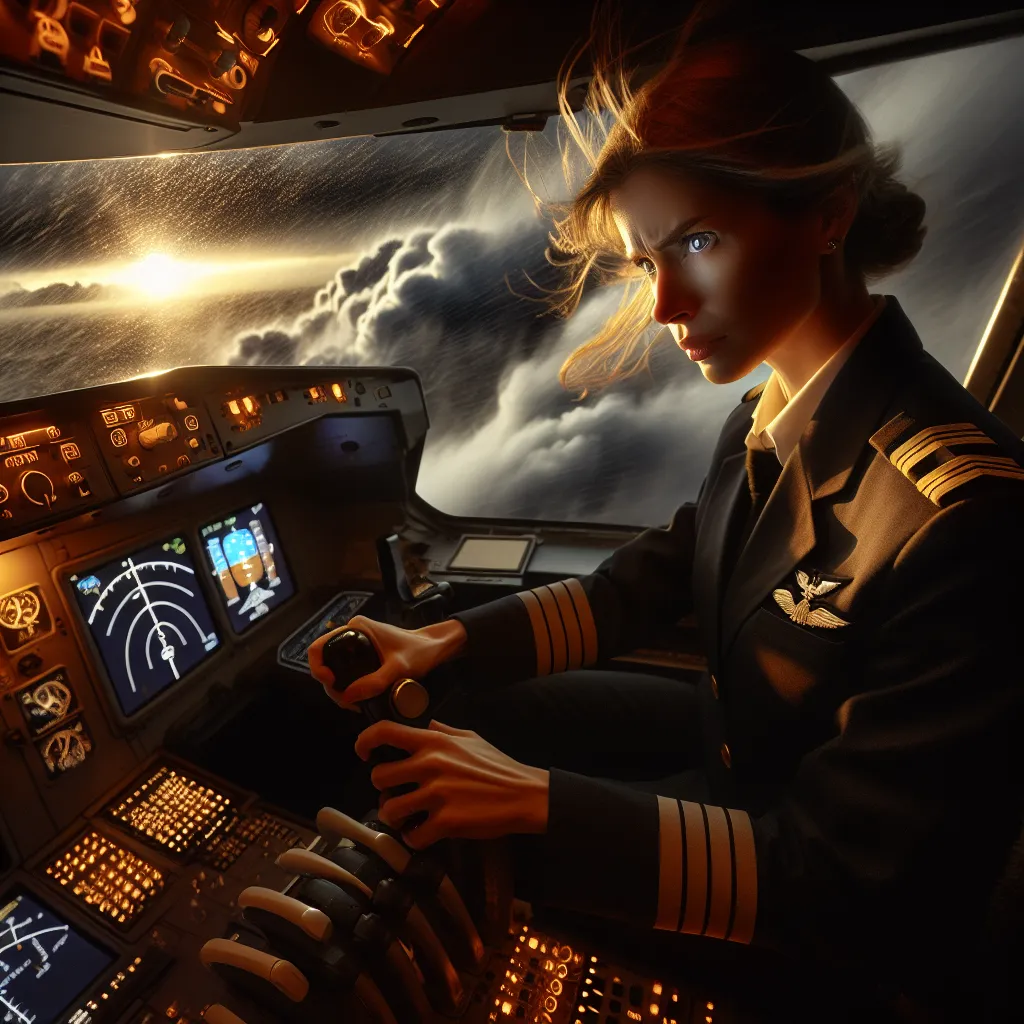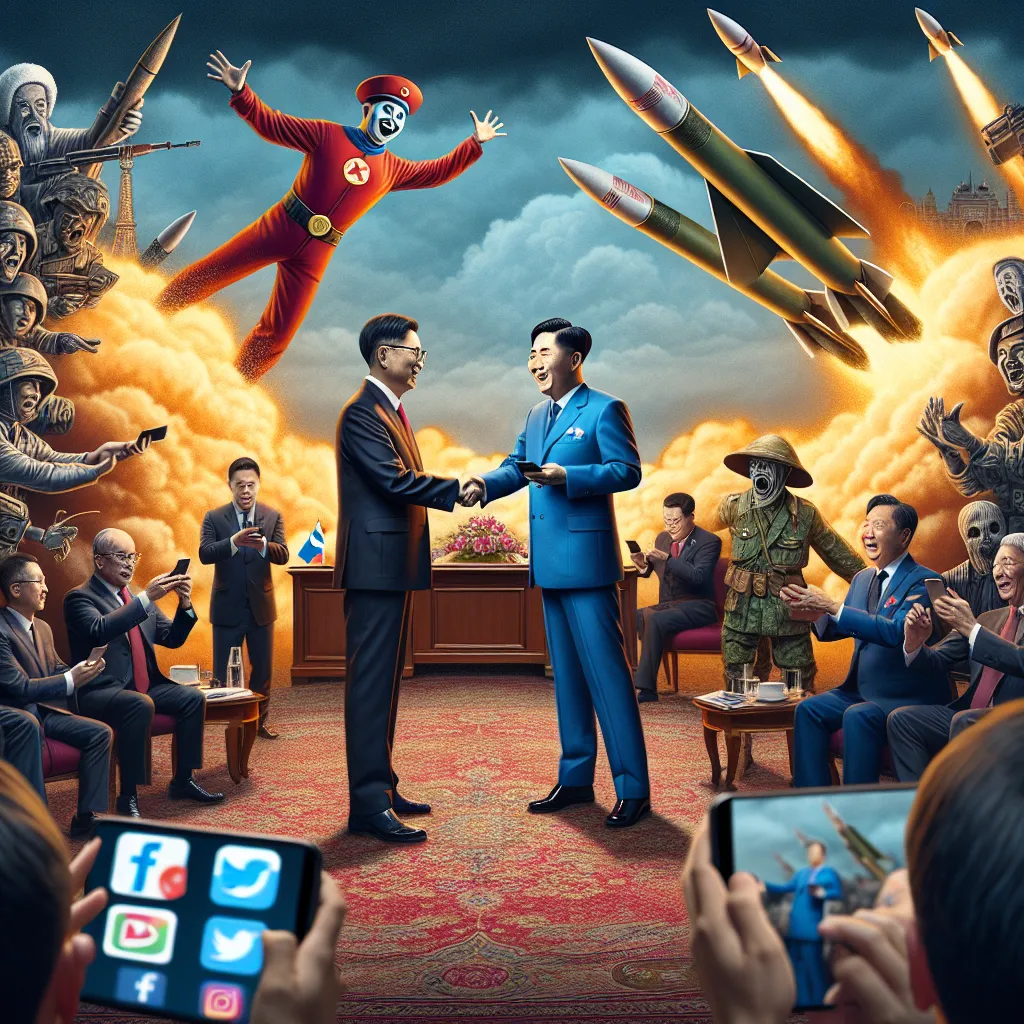Every pilot knows that emergencies can strike at any time, but no training can prepare them for every possible scenario. That’s exactly what happened in countless real-life incidents where pilots relied on their skill, instincts, and sometimes pure luck to avert disaster.
Every day, over a billion people board flights, trusting the pilots and crew with their lives. Most flights are uneventful, but once in a while, things can go drastically wrong. One intense example is Captain Larry Fuda’s 1989 flight when his landing gear jammed on approach to Charlotte Airport. Despite multiple dives to force the gear down, it remained stuck. Captain Fuda made a daring decision to bounce the plane on the runway, managing to land with minimal injuries to his passengers.
Another incredible story involves Captain Bob Pearson’s Air Canada flight in 1983. His plane lost all engines mid-flight due to a fuel miscalculation. This turned the aircraft into the world’s largest glider. Using only basic controls and exceptional piloting skill, Pearson managed to land safely at a remote airstrip.
Loss of engine power over ocean at night is terrifying. British Airways’ Captain Eric Moody faced this when his 747 engines failed after flying through volcanic ash. Ingeniously, he reignited the engines while gliding, saving everyone aboard.
Mid-air collisions are rare yet terrifying. Captain William Querrey of Atlantic Southeast Airlines once faced an imminent collision with a Cessna. Despite the impact that destroyed part of his aircraft’s tail, he managed to land safely by sheer brute force and coordination.
Then there’s the story of survival in the most bizarre circumstances. In 1990, British Airways Captain Tim Lancaster was sucked out of his cockpit window. His purser held on to him while the copilot managed to land the plane.
The 1989 crash of United Flight 232 in Sioux City, Iowa, remains one of the most remarkable. After a catastrophic engine failure and complete hydraulic loss, off-duty pilot Denny Fitch helped guide the plane to an emergency landing. Miraculously, 184 passengers survived thanks to their extraordinary teamwork and piloting.
Even amid such chaos, these pilots’ actions underscore their commitment to passenger safety. Despite the odds, their skill and calm under pressure often spell the difference between life and catastrophe.
Air travel remains incredibly safe, largely due to these unsung heroes who manage the skies with precision and dedication. Every successful emergency landing isn’t just a testament to aviation technology—it’s a tribute to the pilots’ unwavering resolve and expertise.






